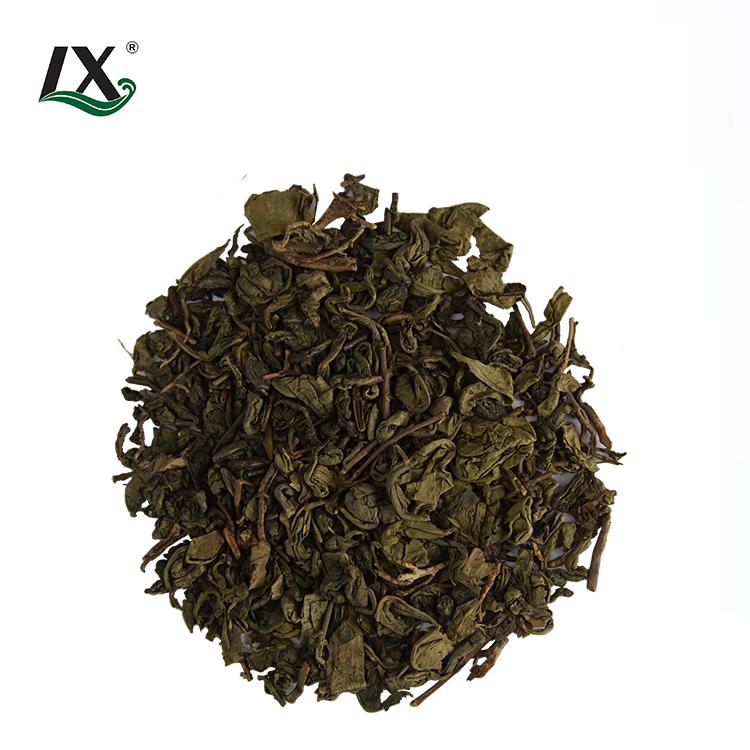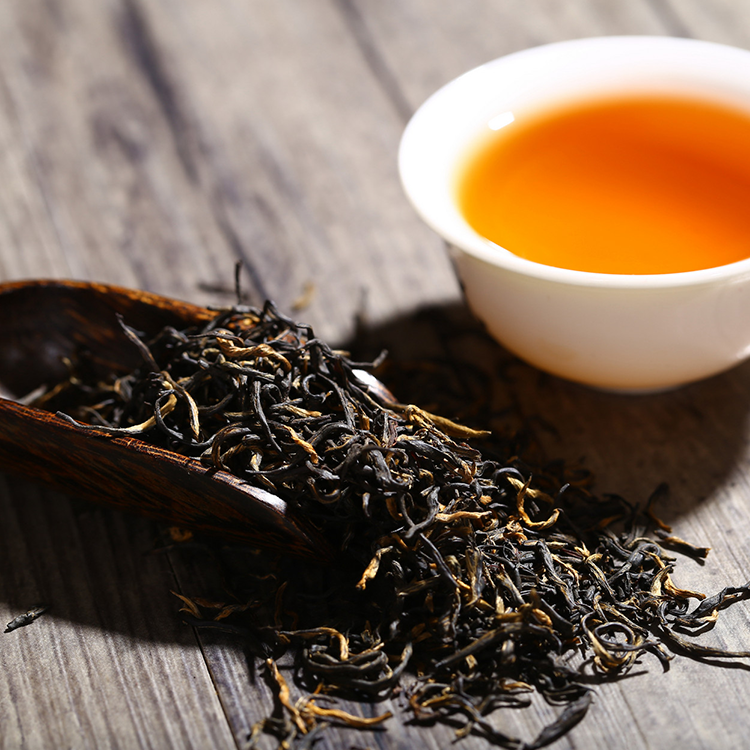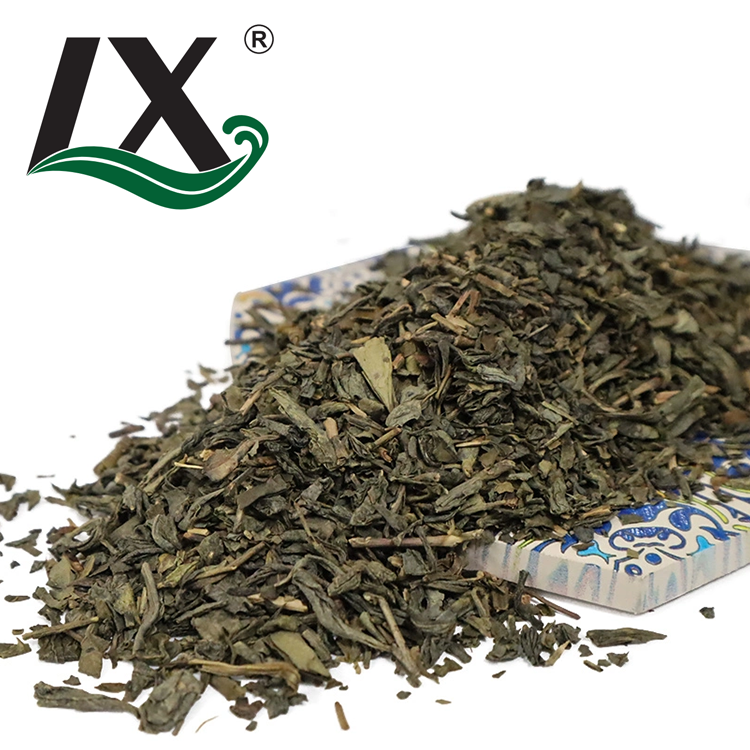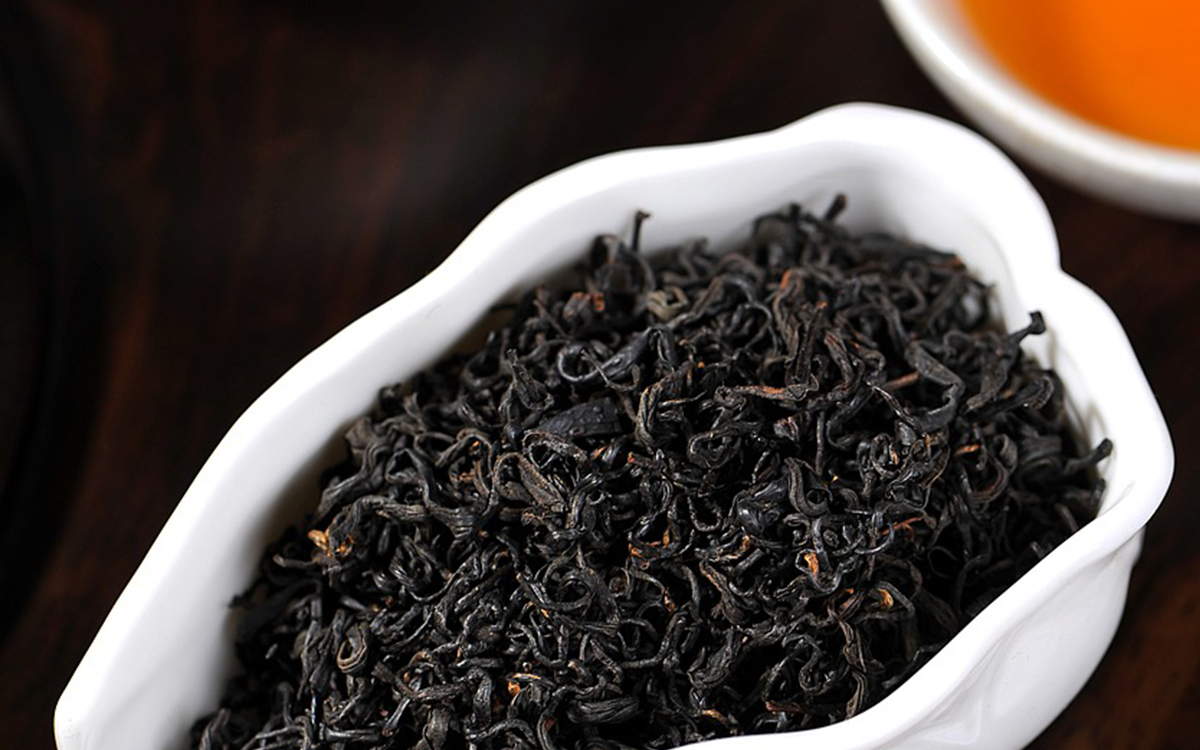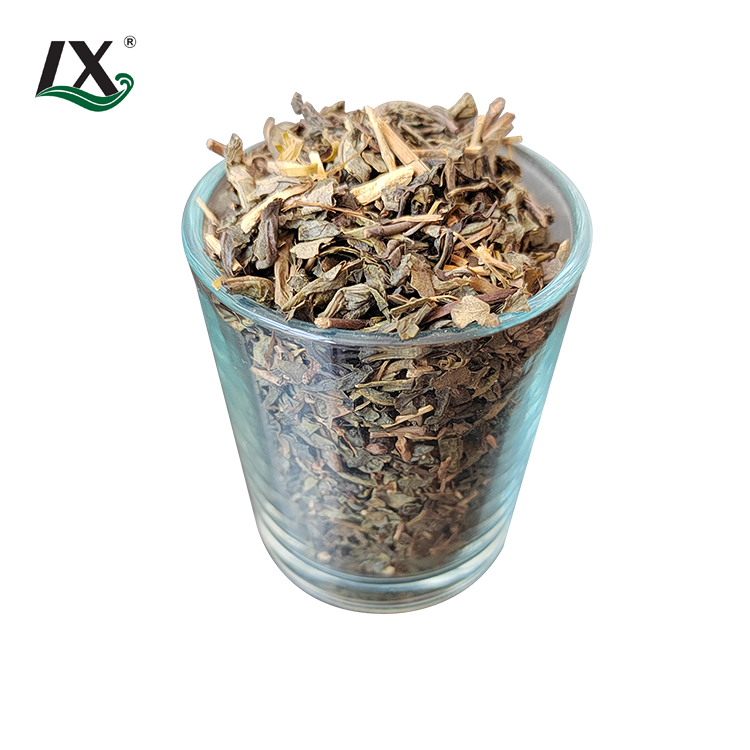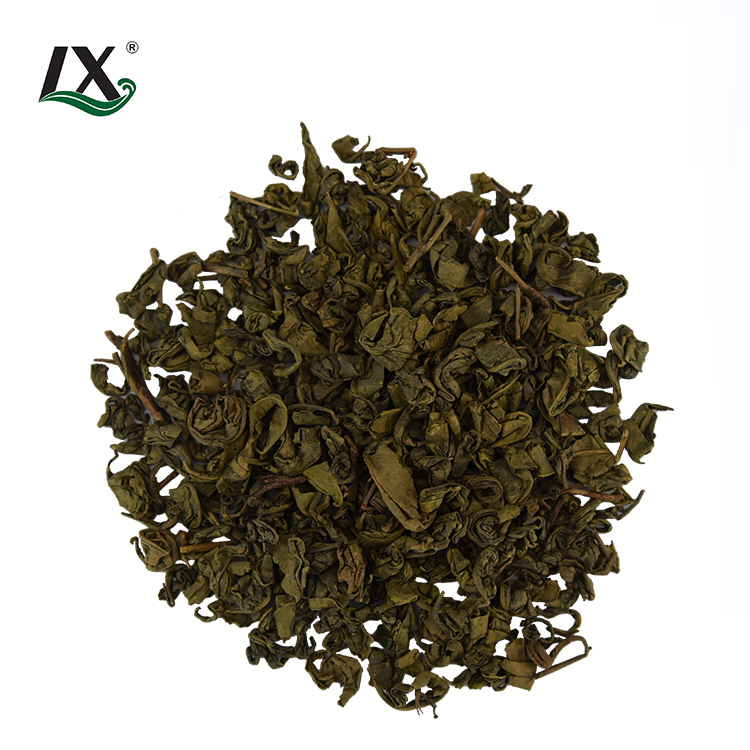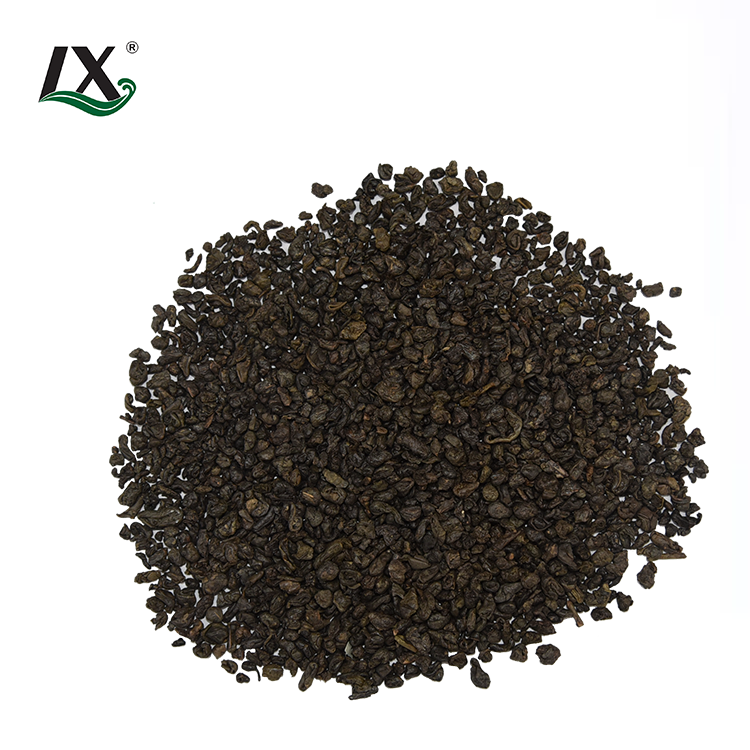China Lung Ching Green Tea: A Cultural History of China's Celebrated Green Tea
Introduction
China Lung Ching Green Tea, also known as Longjing Tea, is arguably one of the most famous green teas in the world. Revered for its delicate flavor, smooth texture, and the rich history that accompanies it, this tea holds a special place in Chinese culture. In this blog, we will explore the origins, cultural significance, and unique characteristics that make China Lung Ching Green Tea not just a beverage, but a symbol of Chinese tradition and craftsmanship.
Origins of China Lung Ching Green Tea
The name “Longjing” translates to "Dragon Well," and it is thought to derive from a famous well located near the tea plantations in Hangzhou, Zhejiang Province. Legend has it that the tea leaves were once believed to be blessed by a dragon, and the well near the tea fields was said to have magical healing properties. Thus, the tea acquired its mystical name, "Dragon Well."
Longjing tea is thought to have been cultivated since the Tang Dynasty (618–907 AD), but it truly gained popularity during the Song Dynasty (960–1279 AD). This period was marked by an increasing appreciation for the finer things in life, including refined teas. During the Ming Dynasty (1368–1644 AD), Longjing tea further rose to prominence when it was served to the Imperial Court of China. The Imperial patronage gave the tea a cultural prestige that it still holds today.
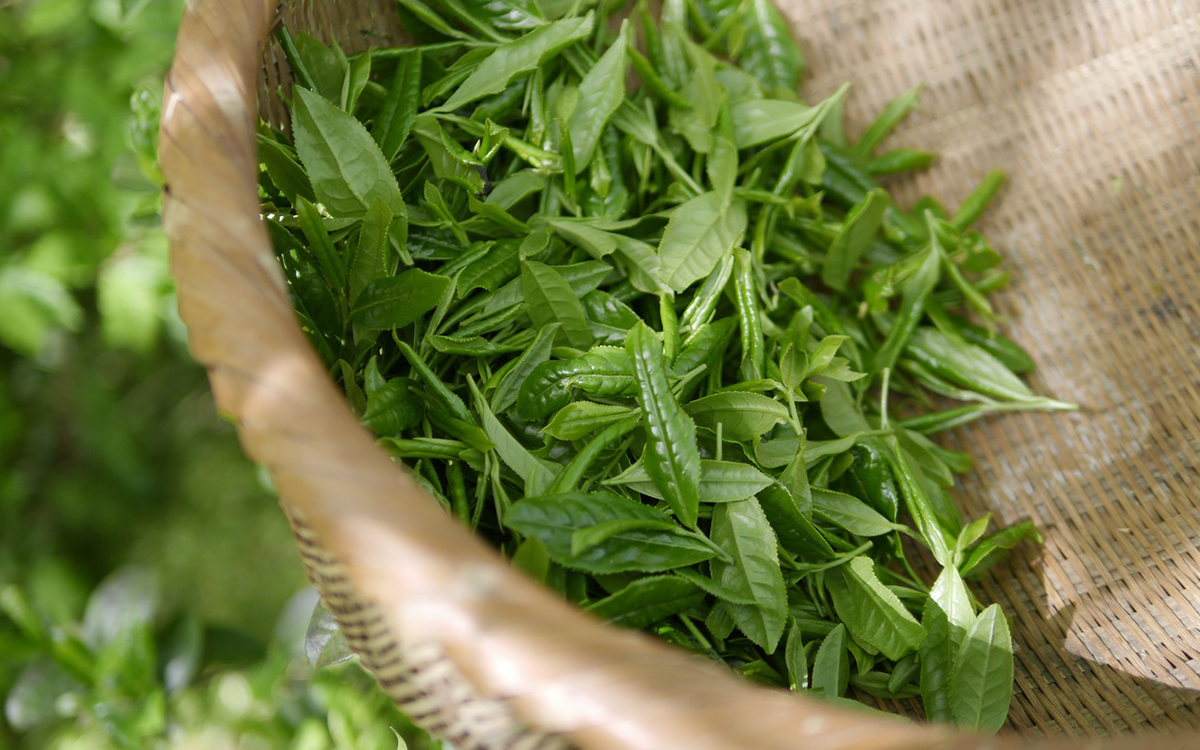
The Unique Characteristics of China Lung Ching Green Tea
One of the main reasons China Lung Ching Green Tea is so beloved is due to its distinct taste and production method. The leaves of this green tea are plucked during the early spring when they are tender and full of flavor. The leaves undergo a specific pan-firing process, which is critical to preserving the flavor and characteristics of the tea. Unlike many other green teas, which are steamed, Longjing tea is traditionally pan-fired in a wok, a technique that helps bring out its signature nutty, floral flavor with a slightly roasted aroma.
The tea leaves are long, flat, and narrow, which is a result of the hand-pressing during the pan-firing process. This unique shape is a key feature that distinguishes China Lung Ching Green Tea from other green teas.
In terms of taste, Longjing tea is known for its sweet, slightly grassy flavor, with a delicate nuttiness and a smooth, almost creamy finish. It is often described as having notes of chestnut, orchid, and a light vegetal sweetness, all wrapped in a soothing, silky texture. The light yellow-green color of the brew is another hallmark of the tea's premium quality.
The Cultural Significance of China Lung Ching Green Tea
Longjing tea is not just a drink in China; it is a cultural icon. It is deeply intertwined with Chinese history, literature, and daily life, making it an essential part of Chinese identity.
The Tea Ceremony and Rituals
In traditional Chinese tea ceremonies, Longjing tea holds a special place. It is often used in the "Gong Fu" tea ceremony, a method of brewing tea that emphasizes the skill and precision of the tea master. The Gong Fu ceremony, with its intricate steps of water heating, precise timing, and specific tea vessel choices, highlights the reverence with which Longjing tea is treated.
This ceremony has evolved over centuries, beginning as a part of spiritual and social gatherings during the Tang Dynasty. By the time Longjing tea reached its prime during the Qing Dynasty (1644–1912), it was a favorite drink of scholars, poets, and intellectuals, who often wrote about the tea's virtues in their works. In fact, many of the most famous poems from this period feature references to the delicate tea leaves of Longjing.
Symbol of Chinese Hospitality
China Lung Ching Green Tea also plays a central role in Chinese hospitality. Offering a cup of Longjing tea to guests is seen as a gesture of respect and honor. The tea is typically served in a delicate porcelain cup, and the brewing process itself is often a display of the host's tea mastery. In some regions of China, especially in Hangzhou, it is customary to offer visitors freshly brewed Longjing tea as soon as they arrive, a tradition that continues in homes, hotels, and even businesses.
China Lung Ching Green Tea and Its Role in Chinese Literature
Longjing tea has not only been a part of the rituals and ceremonies of China but also a subject of literary admiration. Throughout Chinese history, poets and scholars have written about Longjing’s incomparable flavor and the elegance associated with its consumption.
One famous legend involves the tea’s connection to the famous poet and scholar, Su Dongpo, from the Song Dynasty. Su Dongpo was known for his appreciation of Longjing tea, and he once wrote an immortal poem celebrating the tea's beauty and taste. His poetry elevated the status of Longjing, cementing its place in the hearts of Chinese people.
Through the centuries, Longjing tea has been mentioned in numerous Chinese literary works, and it continues to be a subject of admiration for tea lovers worldwide. The tea’s delicate flavor and cultural significance make it a symbol of refinement, and many poets still use it as a metaphor for purity, simplicity, and the richness of life.
The Modern-Day Popularity of China Lung Ching Green Tea
Today, China Lung Ching Green Tea is enjoyed not only in China but also by tea enthusiasts around the world. Its reputation as a high-quality green tea has contributed to its growing presence in international markets. However, despite its global fame, Longjing tea still holds strong ties to its roots in Hangzhou.
Modern production of Longjing tea has evolved with new technology and methods, but the essence of the tea-making process remains the same. In Hangzhou, Longjing tea gardens remain some of the most sought-after areas for tea cultivation. The best quality Longjing tea still comes from this region, and local farmers use traditional methods to ensure the highest quality leaves are harvested each spring.
Despite the rise of machine-based production, hand-plucked Longjing tea is still the most prized and expensive variety. Collectors and connoisseurs around the world seek out the rarest, most authentic Longjing tea, often paying premium prices for the highest-grade leaves. As more people become aware of the tea's rich cultural heritage and distinct flavor, the global demand for China Lung Ching Green Tea continues to rise.
How to Brew China Lung Ching Green Tea
To truly appreciate the flavor of China Lung Ching Green Tea, it is important to brew it properly. Unlike many other green teas, Longjing requires careful attention to water temperature and brewing time to avoid bitterness and to bring out its full flavor.
1.Water Temperature: Use water that has been heated to about 75-80°C (167-176°F). Boiling water will scorch the delicate leaves and alter the taste, so it’s essential to use water that is not too hot.
2.Leaf Quantity: Use around 1-2 teaspoons of leaves for every 150 ml of water.
3.Brewing Time: Steep the tea for about 1-2 minutes. Unlike black tea, Longjing does not need to steep for long periods. Over-brewing will lead to a bitter taste.
4.Re-brewing: China Lung Ching Green Tea is often brewed multiple times. Each subsequent infusion reveals different layers of flavor, making it a delightful experience for tea lovers.
Tea enthusiasts often debate between Chunmee Tea 9367 Extra Loose Leaf Green Tea and China Lung Ching Green Tea, each offering a distinct flavor profile that caters to different preferences for green tea.
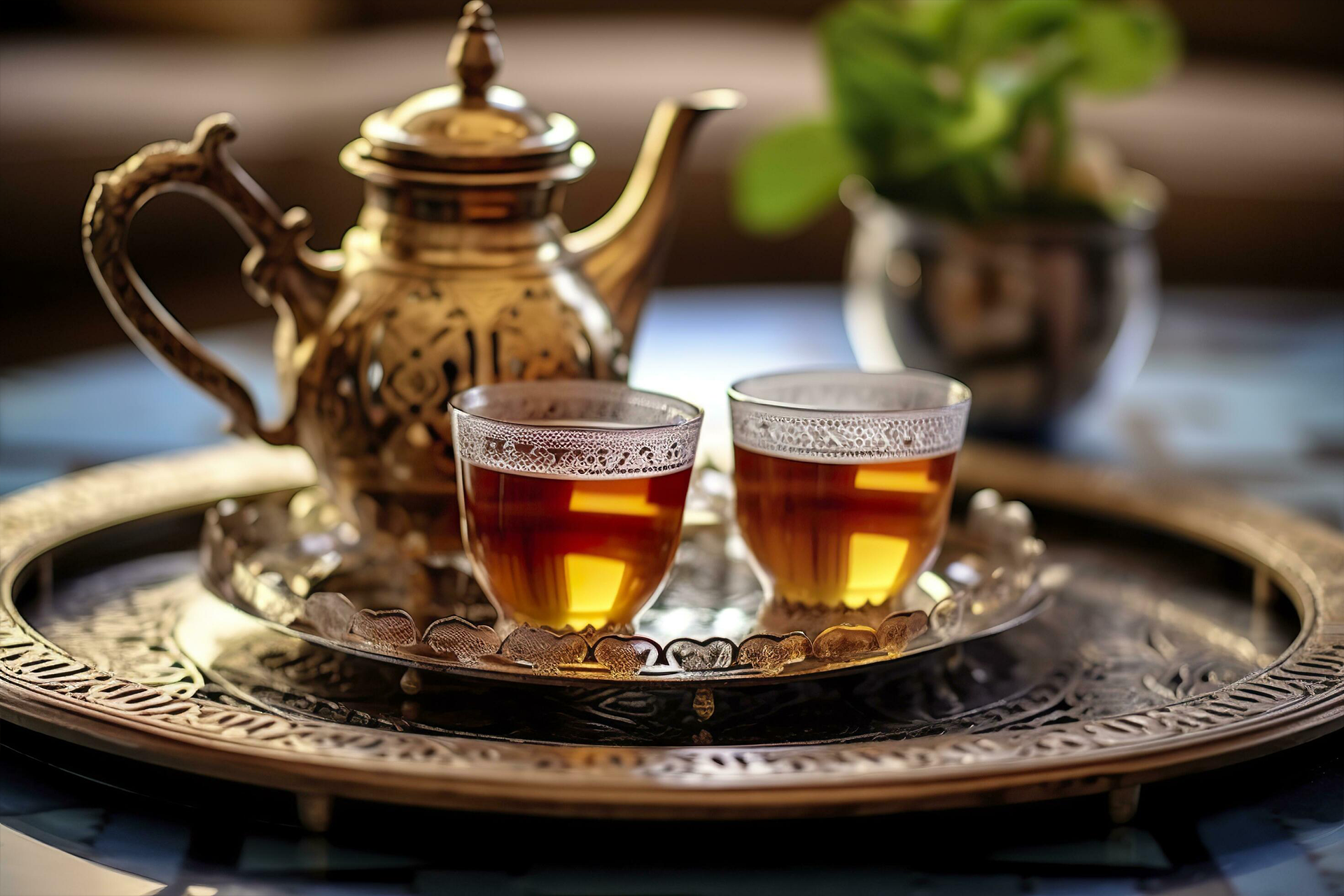
Conclusion
China Lung Ching Green Tea is much more than a beverage; it is an integral part of China’s cultural fabric. Its rich history, unique flavor profile, and connection to Chinese art and literature make it a true treasure of the tea world. From its beginnings as a sacred tea for emperors and scholars to its place in modern-day tea culture, Longjing has stood the test of time, symbolizing refinement, purity, and the deep cultural heritage of China.
As global interest in tea continues to grow, China Lung Ching Green Tea will remain at the heart of that exploration, offering an authentic taste of China’s past and present in every sip.







